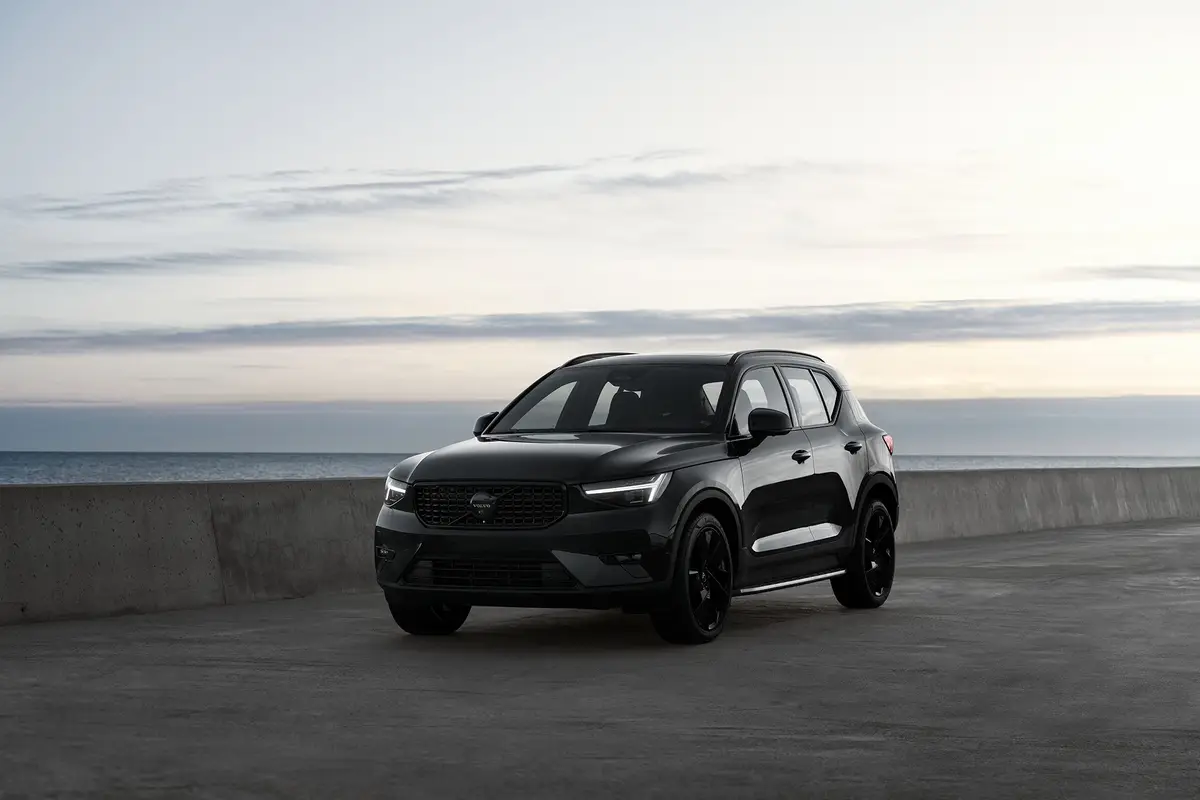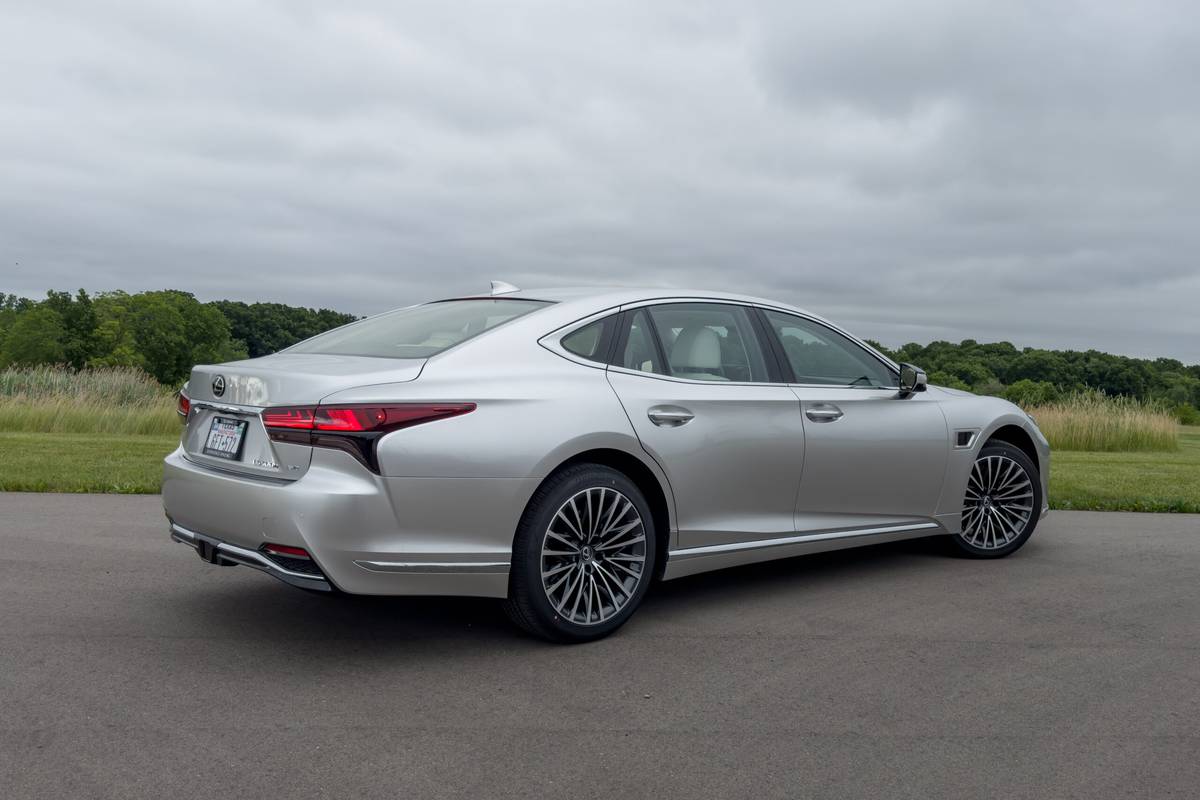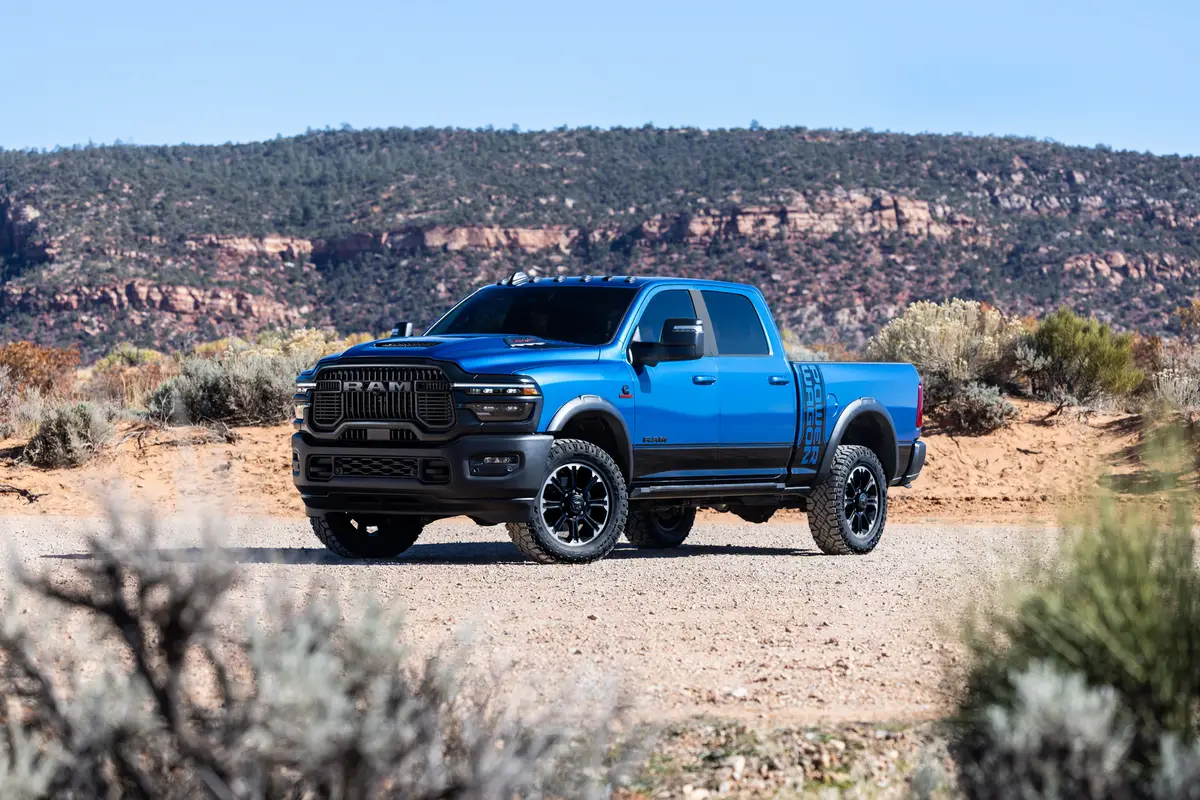Boston.com's view
SNAP AND STYLE IN THE HIGH-REVVING 2000 CIVIC SI
Honda has never sold a whine before its time.
In fact, the whine of its high-pitch, high-rev engines has been a trademark of the snappy, low-emissions autos Honda has been producing for years – and a major part of their appeal.
Driving a car like the 2000 Honda Civic Si, redlined at 8,000, is in some ways like driving a motorcycle. Screaming, straight-ahead power, rapidly fading torque, a fifth gear that seems to screech, “Shift me again.”
Drive this car and you can see why the Honda S2000, the hot new sports convertible offered this year, has a sixth gear. After all, that one is redlined at nine grand.
But lots of folks who dream of the S2000 will have to wait – because of long lines, reports of price gouging $10,000 above the suggested $30,000 price tag, or because they just can’t afford it anyway – and the Si is a good car in which to wait out the early surge for the S2000.
The Civic, in several incarnations, has been the top-selling small car in the United States for the past three years. It’s a good car for young drivers with their first full-time jobs; a good car for older folks looking for reliability and at least a modicum of performance on the highway; and, in variations like the Si, a Gen-X car as good as any. The Civic is also a car on the cutting edge of after-market, small-car performance projects.
You see them tricked-out for speed and looks everywhere.
You see them on Web sites – commercial sites for after-market products, personal sites established like shrines where an individual devotee invites the hordes to view pictures of what they have done to the Civic.
So what’s the fuss about?
It’s about a graceful wedge of car that gets lots of snap from a 1.6-liter, DOHC, 4-cylinder, 16-valve engine that puts out 160 horsepower – all this and 28 miles per gallon in a week of testing.
It’s about a car that is such a high-rev proposition that shifting its 5-speed manual transmission (4-speed automatic available, but why take away the enjoyment?) is just plain fun.
It’s about a car whose lines flow gracefully from its low, sloping nose up over the glass and roof to a raised rear – a profile that says, “Leap.” Wrap it in a front spoiler and aggressive side sills (standard on the Si) and you have that ready-to-rumble look that can be so appealing.
So much is standard on the Si that those wanting to juice it up further can go directly to after-market. It comes with air-conditioning, a sound system that includes CD player and six speakers, cruise control, power door locks, keyless entry, a tilt steering wheel, power moonroof, leather-wrapped steering wheel, alloy wheels, and stainless steel exhaust.
Given its hard, flat cornering characteristics, it is good that its front seats are firm, with good support below and a tight lateral grip. I didn’t like the industrial-velvet look of its seat covers, but that’s s ubjective. The rear seats are comfortable for two, too cramped for three, and, with the big hump in the middle, woe be to whoever has to ride center seat rear on a long trip.
The ergonomics are basic: window controls and door locks in the armrests of the front doors; cruise on-off switch, interior lights, mirror, and sunroof controls in two pods on the lower left of the dash panel; all the basic gauges behind the wheel; sound up top on center dash; climate controls arranged in an L-shape down the left side of and then below a center-dash bin.
And speaking of bins, they are everywhere: two in each front door, one for each rear passenger, one in the dash, three in the center console, including one covered bin at the rear. There are pockets on the backs of the front seats, and there is no reason to complain of a lack of places to tuck the miscellania with which we surround ourselves while traveling.
On the road, it’s a quick car – not powerful, quick – and it holds tight, flat line, with little roll or yaw through tight corners or darting in and out of commuter traffic. It’s a bit stiff on bumpy roads, but that’s the tradeoff. Straight ahead on smooth roads it is smooth and quiet (once you get used to the engine whine).
It has double independent wishbone suspension and coil springs front and rear, with the front having a strut tower brace, and the rear, trailing arms with a stabilizer bar. Add the gas-charged shocks and you understand its good performance in corners.
Power-assisted, four-wheel disc brakes about 9 inches in diameter bring it to a good stop, though recent experience with discs 10 inches or better tells me the latter should become a minimum standard.
This is a good car to buy and drive as is. It is a good basis for someone who wants a hot Honda upon which to build a hotter Honda. But folks looking to do that might want to watch the automotive news. Word is that a slightly larger, more aggressive-looking Civic – with a 1.8-liter engine – will hit the market for 2001.
Nice touches:
The dial system for climate control. No looking at fancy display screens or multi-clicking on buttons. Turn the knobs up or down for fan or heat; turn the knob to the picture of the airflow option you want. Simple.
Annoyances:
The placement of the cruise-control on-off button on the dash, while putting the set/resume cruise buttons on the steering wheel. Honda should put the on-off button in the middle of the latter cluster on the wheel and keep them together.
The numbers
Base price: $17,545
Price as tested: $17,545
Horsepower 160 /Torque: 111 lb-ft.
Wheelbase/Overall length: 103.2 inches / 175.1 inches
Width/Height: 67.1 inches/ 54.1 inches
Curb weight: 2,601 lbs.
Seating: 5 passengers
Latest news



